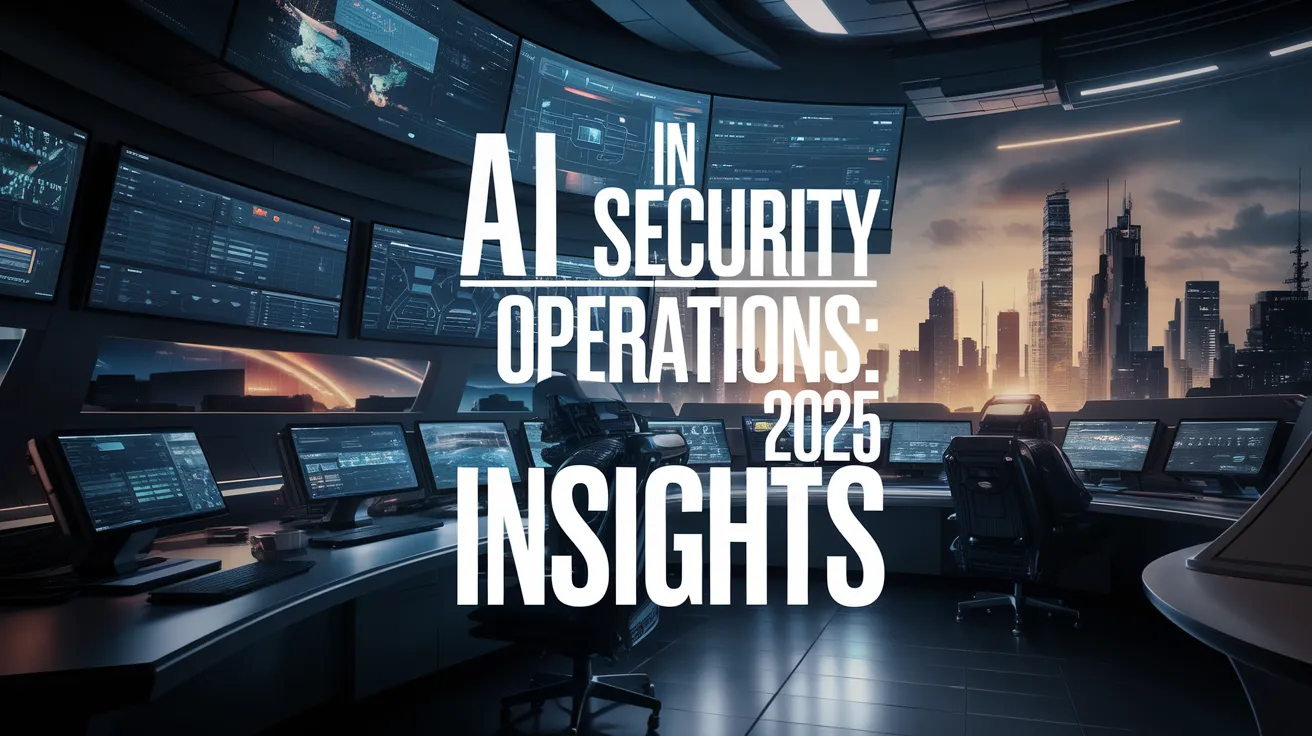AI in Security Operations: 2025 Insights

The increasing demand for artificial intelligence (AI) in Security Operations Centers (SOCs) marks a significant shift in addressing the challenges faced by security teams. As alert volumes soar and operational pressure intensifies, a recent survey of 282 security leaders across various industries reveals the urgent need for AI to enhance triage, detection engineering, and threat hunting capabilities.
Escalating Alert Volumes
Security professionals are now contending with a staggering average of 960 alerts per day, with larger enterprises confronting over 3,000 alerts from various security tools. This unsustainable volume has led to a crisis, where security teams are forced to leave critical threats uninvestigated due to insufficient time and resources. As a result, alert fatigue has transitioned from an emotional challenge to a tangible operational risk. The growing burden highlights the necessity for AI solutions to handle preliminary alert analysis and triage, allowing human analysts to focus on more complex investigations.
Investigation Process and Response Times
A closer examination of the investigation timelines reveals an alarming average of 70 minutes needed to investigate an alert—yet it often takes 56 minutes before any action is taken. With high-priority incidents requiring immediate reaction times, these delays can exacerbate potential breaches, as threats like Business Email Compromise can escalate within mere minutes. The disparity between alert generation and the capability of human analysts to address them is driving the urgent adoption of AI technologies in SOCs.
The Cost of Alert Overload
This critical state of overwhelmed SOCs has dire implications, with 40% of security alerts going unaddressed and 61% of security teams acknowledging they ignored alerts that later turned into significant incidents. These statistics highlight a systemic breakdown, not a failure of diligence; instead, they reflect an overwhelming workload that necessitates a reevaluation of how security operations are conducted. With the current landscape, organizations must acknowledge the necessity for strategic AI integration to prevent potentially compromising security oversights.
Operational Challenges and Workforce Limitations
The survey also uncovered that many organizations lack the requisite staffing to maintain effective 24/7 SOC operations. This gap means that during off-hours, reduced teams are managing the same volume of alerts, increasing vulnerability. Analyst burnout is no longer just an organizational concern; it’s becoming quantifiable. The practice of suppressing detection rules to cope with overload is alarming, as it further diminishes security coverage. The shortage of skilled cybersecurity professionals compounds these issues, making quick scaling of teams particularly challenging.
AI as a Strategic Priority
Amid these challenges, the study reveals a marked shift in attitudes toward AI in security operations. Currently, 55% of security teams employ AI solutions for alert triage and investigation, ranking AI development as a top priority alongside fundamental measures such as cloud and data security. This shift signals an understanding of AI as an essential asset rather than an experimental tool.
Investigating the Role of AI
Security leaders have pinpointed AI’s optimal applications, focusing primarily on triage (67%), detection tuning (65%), and threat hunting (64%). These areas illustrate a desire to enhance initial investigations and enable quicker identification of significant threats while alleviating repetitive tasks. The aim here is not to replace human intuition but to refine decision-making processes.
Barriers but Increasing Momentum
Despite the clear path toward AI adoption, leaders noted barriers, including concerns around data privacy, complexity of integration, and the need for explainability. Forward-looking organizations envision a future where hybrid SOCs, with AI facilitating routine analytics, empower human analysts for complex problem-solving—a model that would not only reduce the operational load but also improve security competence.
Enhancing SOC Operations with AI Tools
Companies like Prophet Security are leading the charge to enhance SOC workflow through advanced AI solutions. Their platform promises to automate triage and significantly reduce incident dwell time while ensuring every alert is addressed. By consolidating efforts across existing security infrastructures, organizations can improve analyst efficiency and solidify their overall security posture. As these technologies evolve, the full potential of AI in reshaping SOC operations will unfold, presenting a proactive approach to meeting today’s security challenges.